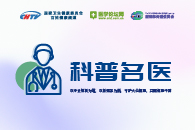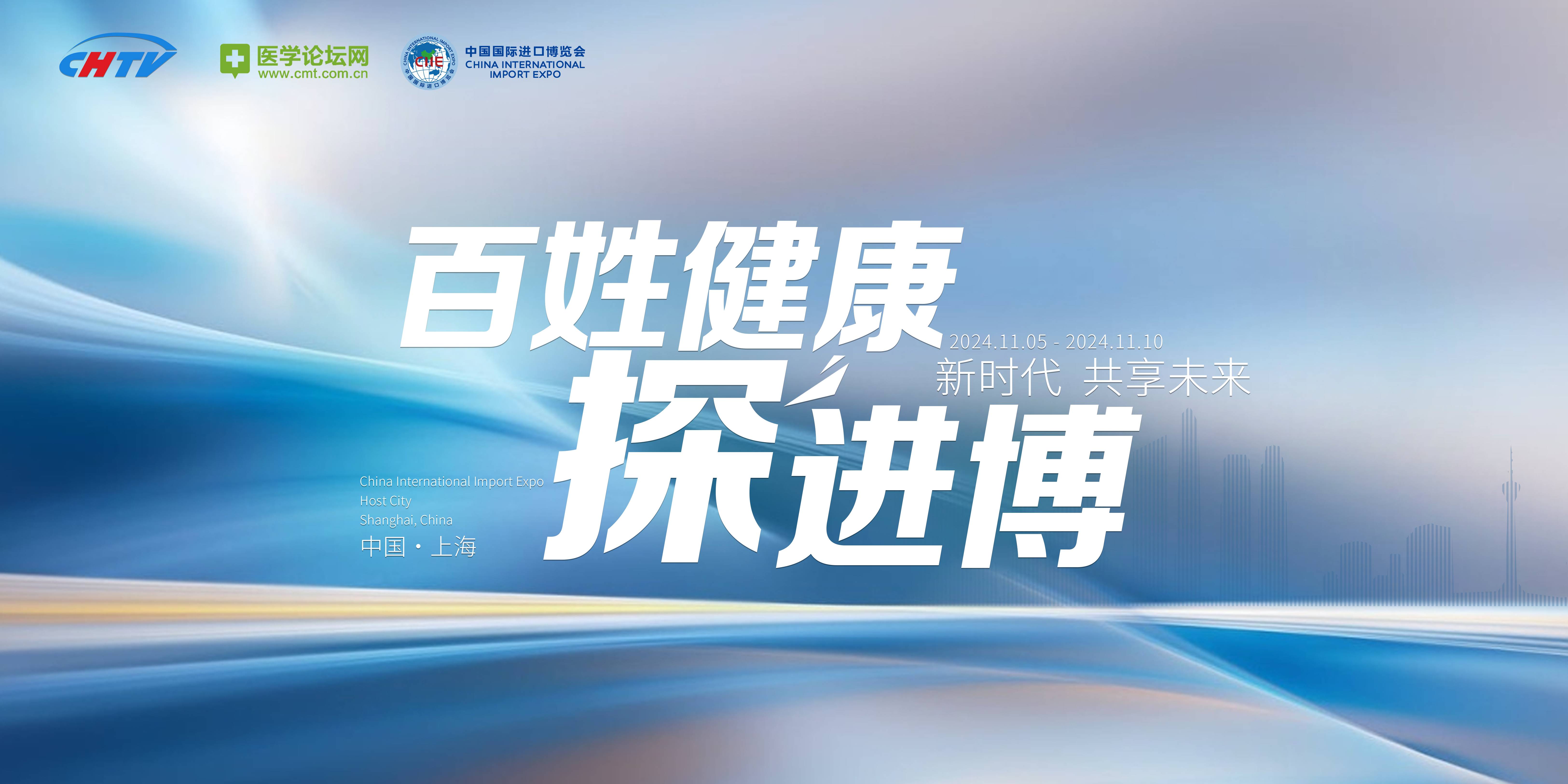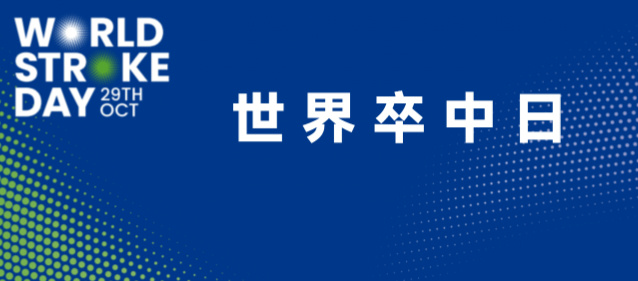反射插管操作可以增加中等难度直接喉镜检查的成功率:一项前瞻性病例对照研究
The reflective intubation manoeuvre increases success rate in moderately difficult direct laryngoscopy: A prospective casecontrol study Biro, Peter; Ruetzler, Kurt BACKGROUND: Reflective intubation
The reflective intubation manoeuvre increases success rate in moderately difficult direct laryngoscopy: A prospective case–control study
Biro, Peter; Ruetzler, Kurt
BACKGROUND: Reflective intubation is a recently described technique to facilitate tracheal intubation.
OBJECTIVE: The aim of the study was to assess success rate of reflective intubation in patients undergoing tracheal intubation and to correlate its application with laryngeal visibility.
DESIGN: A prospective case–control study.
SETTING: Operating theatre suite of a university hospital.
PATIENTS: One hundred randomly selected patients undergoing elective surgery who required tracheal intubation as part of standard anaesthesia care.
INTERVENTIONS: All patients underwent an initial intubation attempt using conventional direct laryngoscopy. Successfully intubated patients formed group E (easy), and the remaining patients underwent a single reflective intubation attempt. Patients with successful reflective intubation formed group M (moderate). The remaining patients underwent tracheal intubation using a suitable alternative intubation technique (group D, difficult).
MAIN OUTCOME MEASURES: Primary outcomes were the success rate and time to successful intubation. Laryngeal visibility scores, changes in arterial oxygen saturation and incidence of sore throat were secondary outcomes.
RESULTS: Forty-six patients underwent successful tracheal intubation using conventional laryngoscopy (group E), 42 patients presented moderate difficulty (group M) and 12 patients required alternative intubation techniques (group D). Reflective intubation was successful in 78% of patients in the ‘noneasy’ subgroup, but was unsuccessful in 22%. Intubation times were 9 ± 3 (group E), 15 ± 9 (group M) and 46 ± 38 s (group D). Oxygen saturation was comparable in all patients. Sore throat occurred significantly more often in group D.
CONCLUSION: Reflective intubation proved to be successful in moderately difficult intubation conditions (Cormack and Lehane classes 2 and 3a). Reflective intubation represents a very useful first-line methodological extension of direct laryngoscopic tracheal intubation.
European Journal of Anaesthesiology:



.jpg)


